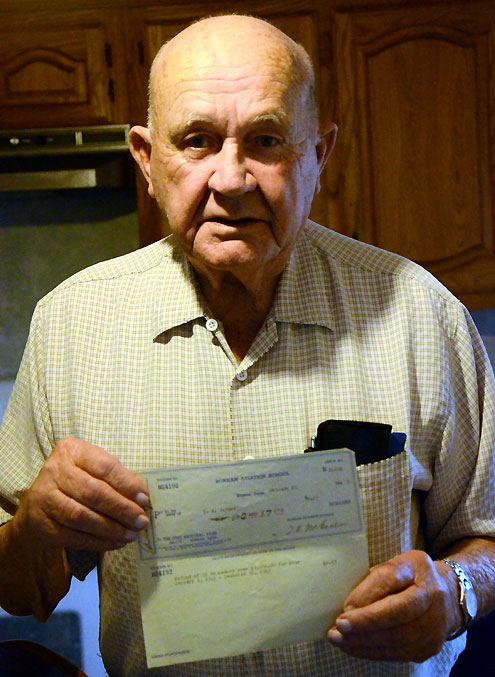Editor's note: Fannin County lost an icon when Leonard Gerner passed away on June 18, 2017. This article features his memories as a pilot trainer at Jones Field
Bonham -- Military pilot training ceased at Jones Field almost 70 years ago, but all the checks haven't cleared the bank. Leonard Gerner, one of the instructor pilots hired to train cadets to fly the Fairchild PT-19, discovered he still has one small check issued by Bonham Aviation School.
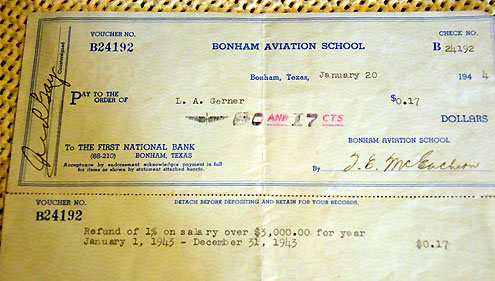
While Mr. Gerner is fondly known as "Coach Gerner" after his successful subsequent career as an educator and basketball coach -- the Bonham High School gym is officially named Leonard Gerner Gymnasium in his honor -- he also has many fond memories of the bright, young airmen who came to Fannin County for pilot training as the U.S. ramped up for World War II.

The airstrip actually began in late 1929 as George Jones Airport before being activated by U.S. Army Air Forces in October 1941 as Jones Field, a primary pilot training airfield. While many of the county's younger residents have a hard time imagining a busy military training base on the outskirts of town, Fannin County actually had five airstrips being utilized as instructor pilots and their trainees were logging the required 90 hours of flight training.
In addition to Jones Field, there was Kueckelhan Field, a primary field with a small cafe for instructors and two hangars; this was where most pilots received their first 45 hours of flight training before transferring to Jones Field for the second half of primary training. Trainees and their instructors could also shoot touch-and-goes at three more auxiliary airstrips -- Craven Field (just south of Red River), Brown Field near Ravenna and Hrdlicka Field approximately two miles east of Ivanhoe (named after a Bonham mayor).
Hrdlicka Field was built on land owned by David Keene’s grandfather, Bruce Keene.
“My uncle, Ardis Keene, told me that his task was to move the cows off of the runway on Monday morning before the planes came in to practice takeoffs and landings,” recalls David.
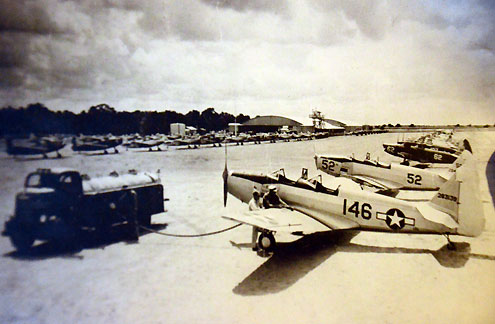
Bonham was a boomtown as thousands of young aviators went through training and then spent their free time in local hot spots such as the soda fountain at Saunders Drug Store. Boyd, Evans and Graham streets were built to house ground school instructors, flight instructors and mechanics.
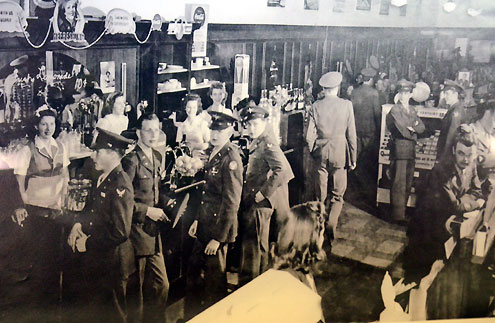
Gerner recalls the 155 flight instructors receiving five trainees at a time. Most of the training was conducted in the PT-19s, although the base had a few PT-17 Stearmans.
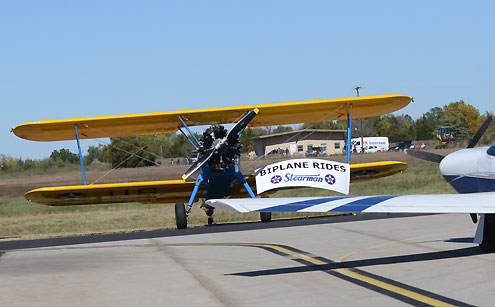
Instructors and cadets alike were a bit leery of the biplane configuration of the PT-17s because of how close the bottom wing was to the ground when landing -- if a trainee dipped a wing while touching down, the results could be catastrophic.
The cadets who successfully completed primary pilot training at Jones Field were destined to enter fighter pilot training -- often flying PT-13s at nearby Perrin Field -- or bomber school at Enid, Oklahoma or San Antonio, Texas.
The final flight of a military student-pilot at Jones Field was in October 1944 and the process was initiated to return the airstrip to civilian control.
Today the general aviation airport is rapidly building a reputation as the host site for Festival of Flight, an annual event that brings the big war birds rumbling around the pattern at Jones Field.
And Leonard Gerner wonders what happened to the daring young aviators who learned the basics of flight at Jones Field, Kueckelhan Field and the other three airstrips in Fannin County before going off to serve their country.
“I wish I had kept in touch with those guys,” Gerner says wistfully.
